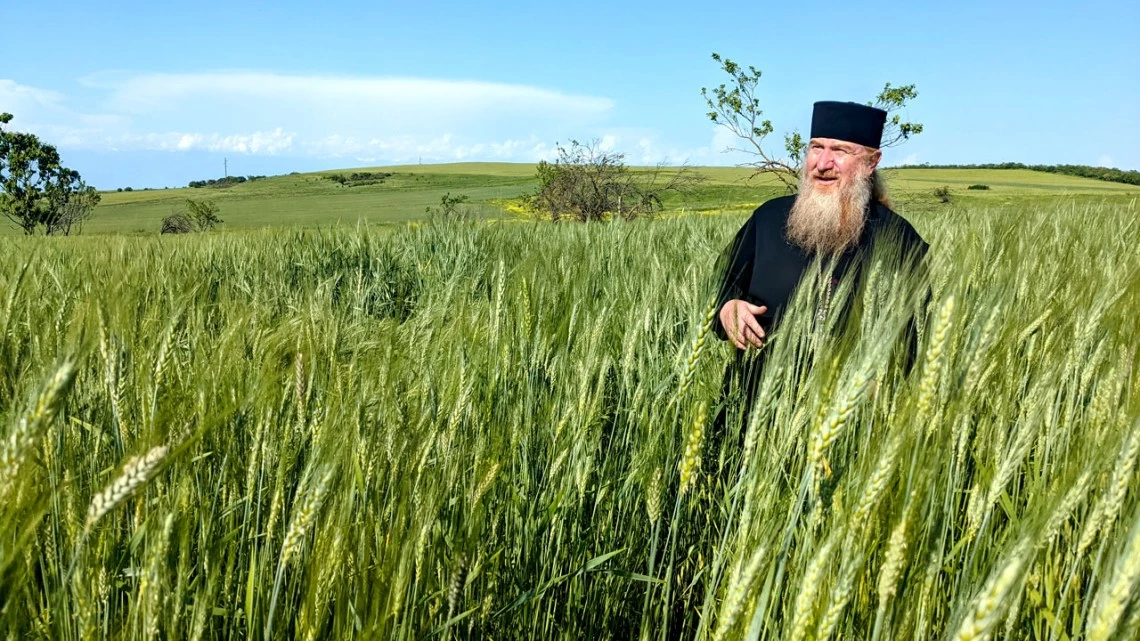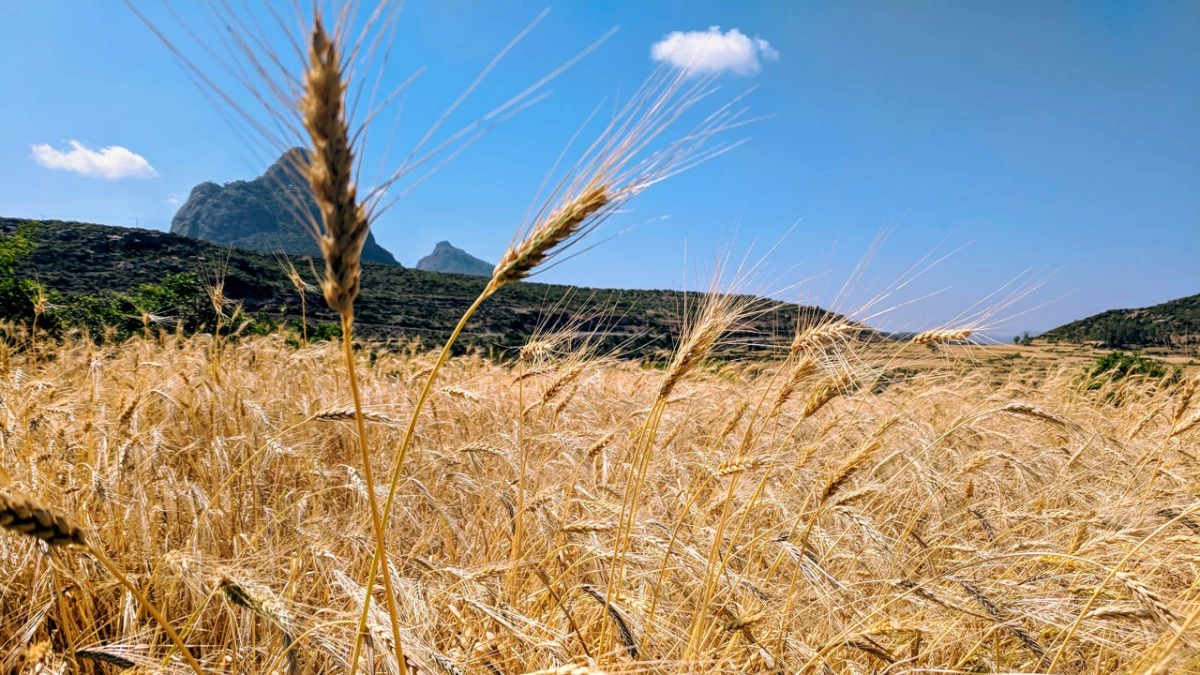When most people think of a grain crop, they picture a field full of one type of plant. A new study, however, indicates that crops made up of mixed grains are both more resilient and higher-yielding than their conventional counterparts.
First of all, just to be clear, we aren't talking about growing different grains – such as wheat and rye – in separate rows within one field.
Instead, we're referring to crops known as maslins, in which the seeds of two (or more) grains are actually mixed together and sown. The result is a crop made up of the different plant types, intermingled with one another. They're harvested together, processed together, and even ground into multigrain flour together.
According to scientists from Cornell University, maslin crops have actually been around for over 3,000 years. And while they still are utilized in places like Eritrea, India, Georgia, Greece, Sudan and Ethiopia, they're largely unheard of in most of the world – this is mostly because the food industry prefers a uniform product, that can be processed in a standard, predictable fashion.

So, what's so great about maslins?
The Cornell team states that for starters, even if the weather, pests or other factors adversely affect one grain type in such a crop, the other type will likely fare better. This means that farmers will ultimately still get a harvestable crop at the end of the growing season – that crop will consist of a relatively small amount of the one grain, and a larger amount of the other.
That ratio will also be present in the leftover grains used for sowing the next year's crop. This factor allows the maslin to rapidly evolve, in that the proportions of the grain types are continually being tweaked in response to the growing conditions. As long as changes in those conditions follow a trend that flows from one year to the next, then each year's maslin ratio should be optimized for the upcoming growing season.
As an added bonus, because the grains in any one maslin crop differ in their physical characteristics – such as height and root depth – adjacent plants of the different types are in less direct competition with one another for resources like soil moisture and nutrients. Therefore, they reportedly grow better than if they were planted only with grains of their own kind.
In fact, the researchers found that as compared to crops of solely wheat and solely barley, a maslin of Eritrean wheat mixed with barley produced 20% more wheat and 11% more barley.

"Subsistence farmers around the world have been managing and mitigating risk on their farms for thousands and thousands of years, and have developed these locally adapted strategies to do that," said the study's first author Alex McAlvay, a former Cornell postdoctoral student who is now a researcher at the New York Botanical Garden. "There’s a lot we could learn from them, especially now, in a time of climate change."
A paper on the research – which was initiated by Cornell grad Morgan Ruelle, when he was studying farming practices in Ethiopia – has been published in the journal Agronomy for Sustainable Development.
Source: Cornell University




